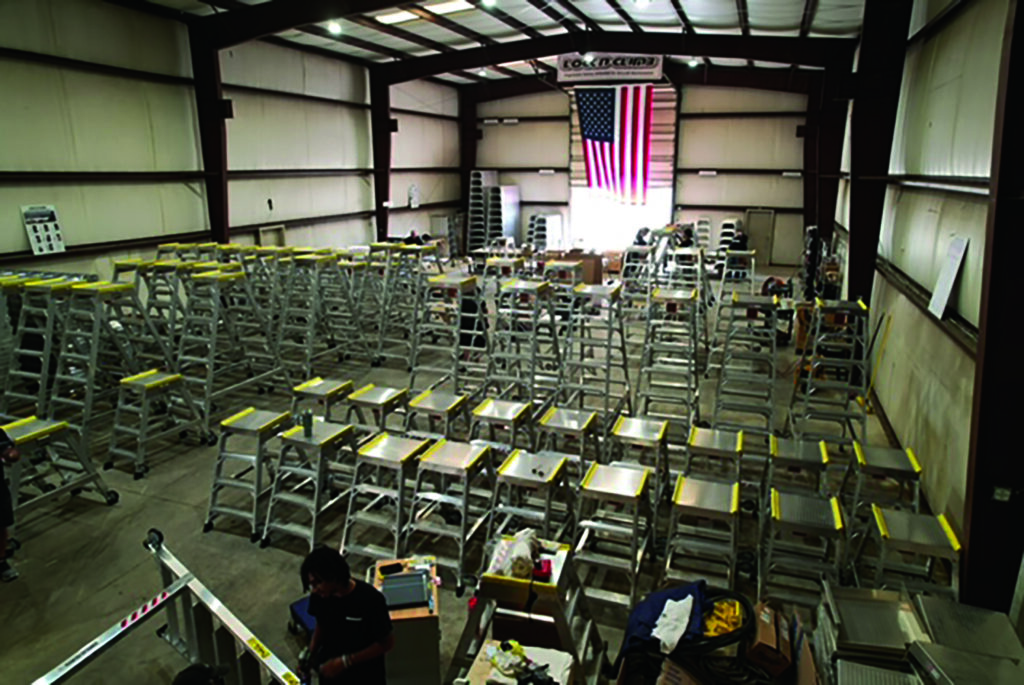Our ladders are preferred by professional aircraft mechanics, safety directors, and shop supervisors worldwide.

LockNClimb’s team of professional designers and fabricators can create a specialty ladder for any purpose. Contact our manufacturing office (620) 577-2577 or email sales@locknclimb.com